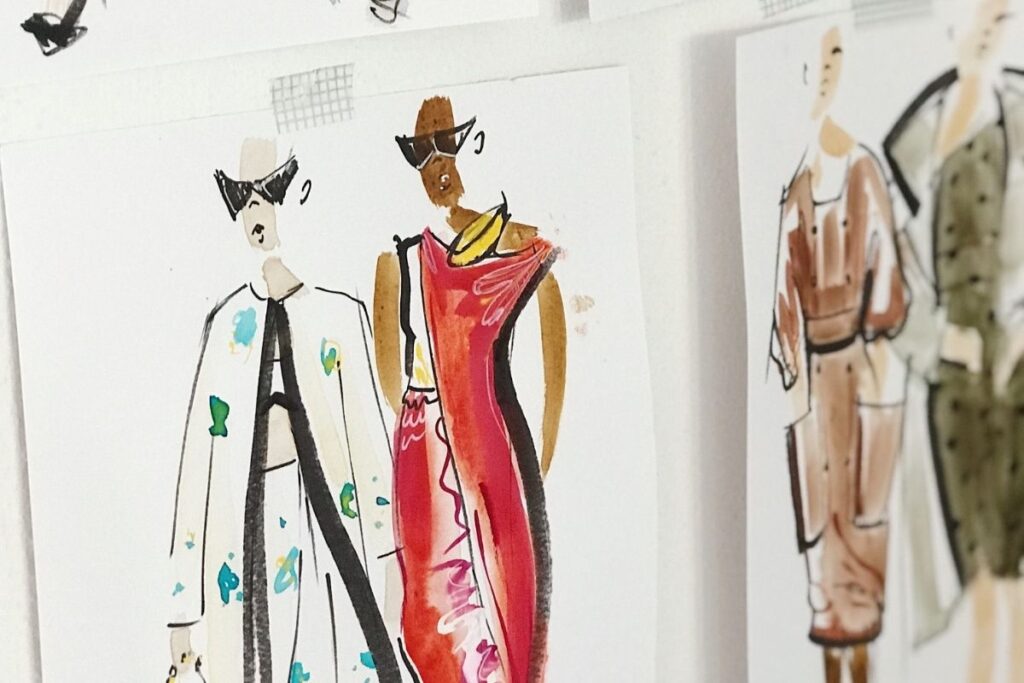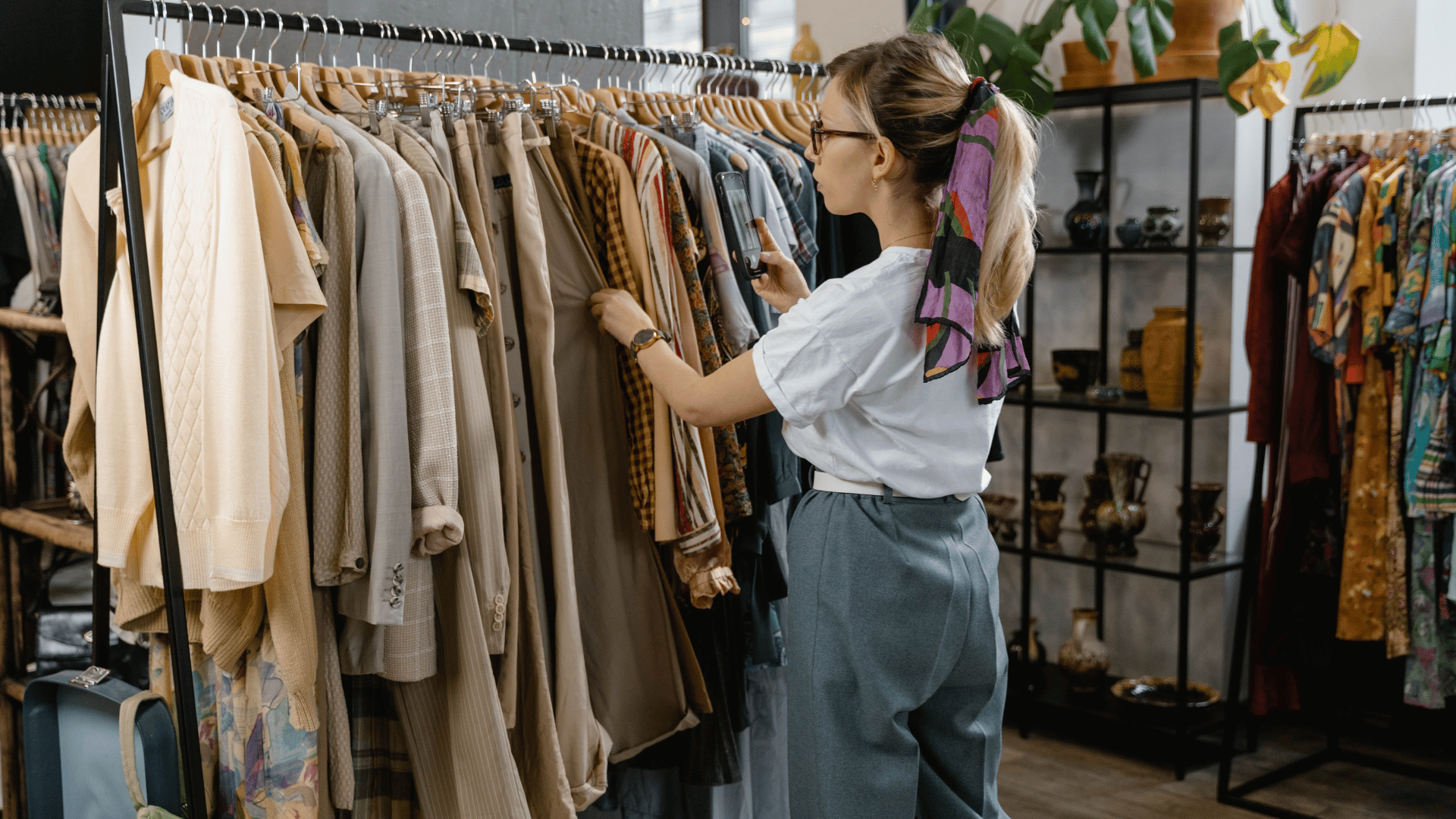Sample creation is essential to making fashion products that sell. According to Angela Gao, no design process is complete without time spent creating and refining these mockups.
“When I’m designing, I like to have a mood board right where I work. If I find appealing images for a new collection, I pin them up along with fabrics I’d like to use.”
Next, Gao refines the creative inspirations she’s collected. “I sort the fabric I’ve gathered. Then, I develop sketches representing flat joins of what I’d like to produce.”
Sample making comes next. Many designers produce samples in factories or designated sample rooms, but smaller designers may prefer in-house production.
“I usually produce the initial mockups and send them directly to my factories,” continues Gao. “Then the factories send me the completed samples.”
Sample-making ensures that everything fits before it goes into production or gets sold to stores. Gao says the extra effort helps her create quality products for her target consumers through a “fit modeling” process.
“Working with fit models is important, but it differs from runway shows,” Gao explains. “Runways are glamorous, so everything is slim, skinny, and tall. When you’re selling to a customer or buyer, however, your work must fit real people. Fit models have the perfect sizing that matches typical clientele. The fitting process lets the designer fix aspects that they dislike and adjust poorly fitting elements. For example, if an armhole looked too big, the designer would pin it up and resize it at this stage.”
Gao also says that fit modeling is just the first step – It’s important to recheck the work afterward. “After you finish fitting a garment, you can send the sample back to the factory. When the factory returns an adjusted prototype sample, you’ll check it against a fit model again.”
Sample making also facilitates business opportunities known as sample sales. “A sample sale is a retail channel for designers to sell samples,” says Gao. “Companies can generate some extra profit by selling samples that would go unused. The only downside of this practice is that samples aren’t perfect. Sometimes, they might lack buttons, closures, zippers, or other features. They also can have fit issues. Nonetheless, sample sales offer great deals.”








